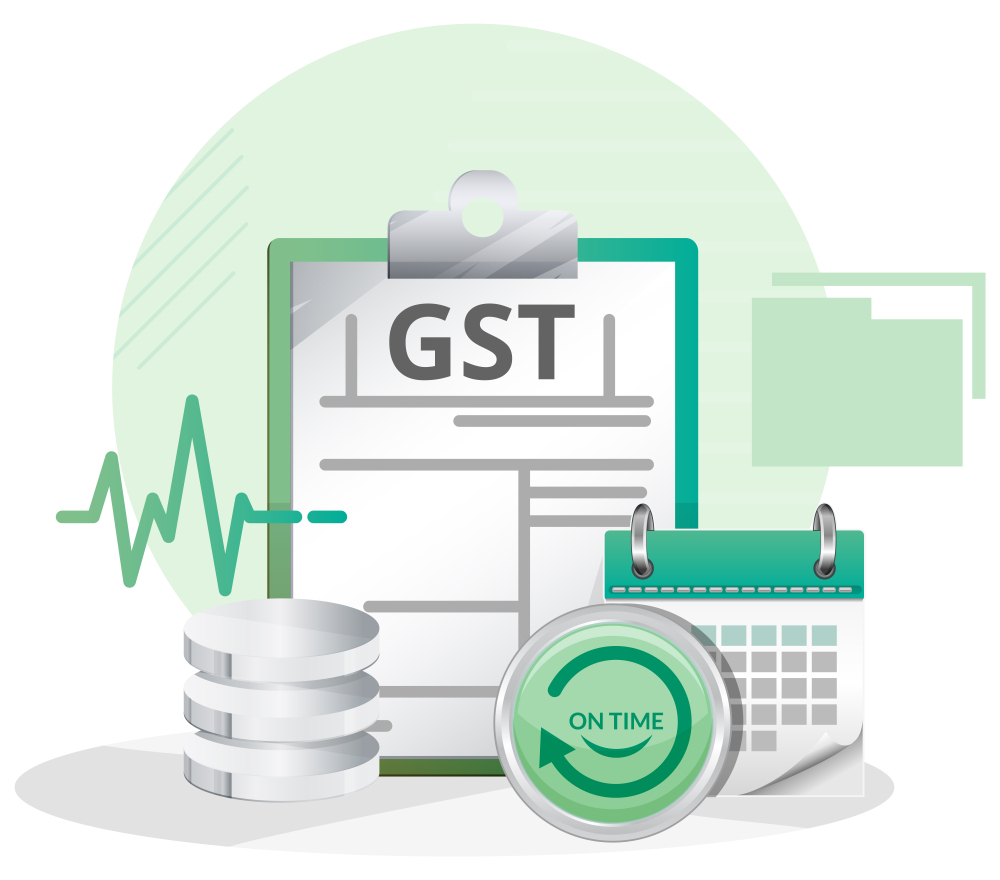
Whenever there are value related errors, Debit and Credit Notes come into the picture. Whether it is an upward revision or a downward revision in prices, they are always treated with the help of these documents.
Now let us understand What are Credit and Debit Notes
CREDIT NOTES
Credit Notes is a document that is issued by a registered person under section 34(1) of CGST ACT 2017 when supplies are returned or found deficient or decrease in taxable value or GST charged in invoice.
The tax liability of the supplier will be reduced as and when the Credit Note is issued by the registered person.
Cases where the supplier shall issue the Credit Note to the recipient in the following cases:-
When the value declared in the Invoice is more than the value of actual goods and services.
The tax amount or GST is charged at Higher Rate than the applicable Rate.
The Recipient received less quantity than mentioned in the tax invoice.
The Recipient returned the goods supplied to him.
Services are found to be deficient by the recipient.
Let's take an example :
X sold goods to Y at 50 lakhs plus 12% GST. So a tax invoice is issued for 50 lakhs plus 12% GST. Goods sold are found to be low quality , price is re negotiated to 20 lakhs.
Now X will issue a Credit Note to Y for 30 lakhs plus 12% GST and pass the following entry.
Sales A/c dr 30L
Gst Payable dr 3.6L
To Y A/c 33.60L
DEBIT NOTE
Debit Note is a document that is issued by a registered person under section 34(3) of CGST ACT 2017 , when there is a need for an increase in taxable value or increase in GST charged in invoice.
The tax liability of the supplier will increase, as and when the Debit Note is issued by the supplier.
It is to be noted that a Debit Note can be issued by a recipient also when the goods are returned or damaged in transit. But under GST , only suppliers can issue the Debit Note.
Cases where Debit Note can be issued:-
When the value of invoice is less than the Actual value of goods or services.
When the taxable amount or GST charged is at a lower rate than what is applicable for such goods or services.
Let's take an example
X sold goods to Y at 50 lakhs plus 12% GST. So tax invoice is issued for 50 lakhs plus 12% GST.Y receives 5 goods instead of 3 by mistake but wants to keep all 5 , price is re negotiated to 80 lakhs.Now X will issue Debit Note to Y for 30 lakhs plus 12 % GST and pass following entry:
Y A/c dr 33.6 L
To sales A/c 30 L
To Gst Payable 3.6L
Format of DEBIT AND CREDIT NOTE
Format is not prescribed.However , it must include the following particulars that are prescribed:-
The words “ DEBIT NOTE”and “CREDIT NOTE” should be clearly mentioned.
Details of Name , Address and GSTN of the supplier
Nature of the Document
Date of issue of the document
Details of Name , Address and GSTN of the registered recipient
Serial number and date of the corresponding Tax Invoice
Value of Taxable supply of goods or services, rate of tax and the amount of tax credited or debited to the recipient.
Signature or Digital Signature of the supplier
Time to issue Debit Note and Credit Note
Debit Note or Credit Note can be issued anytime that is there is no prescribed time limit for issuing them. Both the Debit Note and Credit Note that are issued should be declared in the returns of GST filed.
Debit Note or Credit Note is to be furnished in return for the month for which such note has been issued before:
September following the end of F.Y in which such supply was made.
or
The date of furnishing Annual Return
Whichever is earlier and the liability of the tax should be adjusted in the manner prescribed.
What is ITR? Who should file ITR?
15 Jun 2022Copyright 2023 RBG Consultant Inc. All Rights Reserved.

